The leader of the Estado Mayor Central faction of the Revolutionary Armed Forces of Colombia (FARC-EMC), Nestor Gregorio Vera Fernández, better known by his alias “Ivan Mordisco,” appeared in a video release calling for peace between the FARC and indigenous communities.
A Call for Peace:
This call comes after members of the dissident faction attempted to forcibly recruit a member of an indigenous community, which led to the death of a community leader and the injury of two other community members.
Following this attack, Colombian officials announced the suspension of the ceasefire between the FARC-EMC and government forces before launching a number of successful operations against the armed group.
In the video release, Mordisco stated that “We (the FARC) believe that the history of instrumentalization of indigenous authorities and guards by armed groups and military forces that seek to turn them into a counter-insurgency body cannot be repeated.”
Ivan Mordisco released a video statement on Monday detailing the #FARC's desire to establish peace between the armed organization and indigenous communities.
Read here: https://t.co/vALVdZ4qdz pic.twitter.com/gr93EruQYE
— Trent Barr (@Atlas_Trent) April 15, 2024
This call follows on the heels of a report by Semana that the armed group, which has been waging a war against the Colombian government for nearly 60 years, has been suffering from internal divisions between the various factions of the organization.
A leader of one of the FARC-EMC’s fronts, known by the alias “Andrey,” told Semana that there has been an increase in tensions between Mordisco’s faction and other arms of the FARC-EMC.
“I can tell you, with great frankness, that there is an internal coordination problem. I cannot lie to you (Semana) or to the Colombian people. There is an internal problem regarding how we view and interpret the country’s political moment. There is a great division in that. We do not have large-scale confrontation or difficulties, there are some observations that have been made. When I speak of us, I refer to those who remain in the process, because there is a word pledged.” Andrey stated.
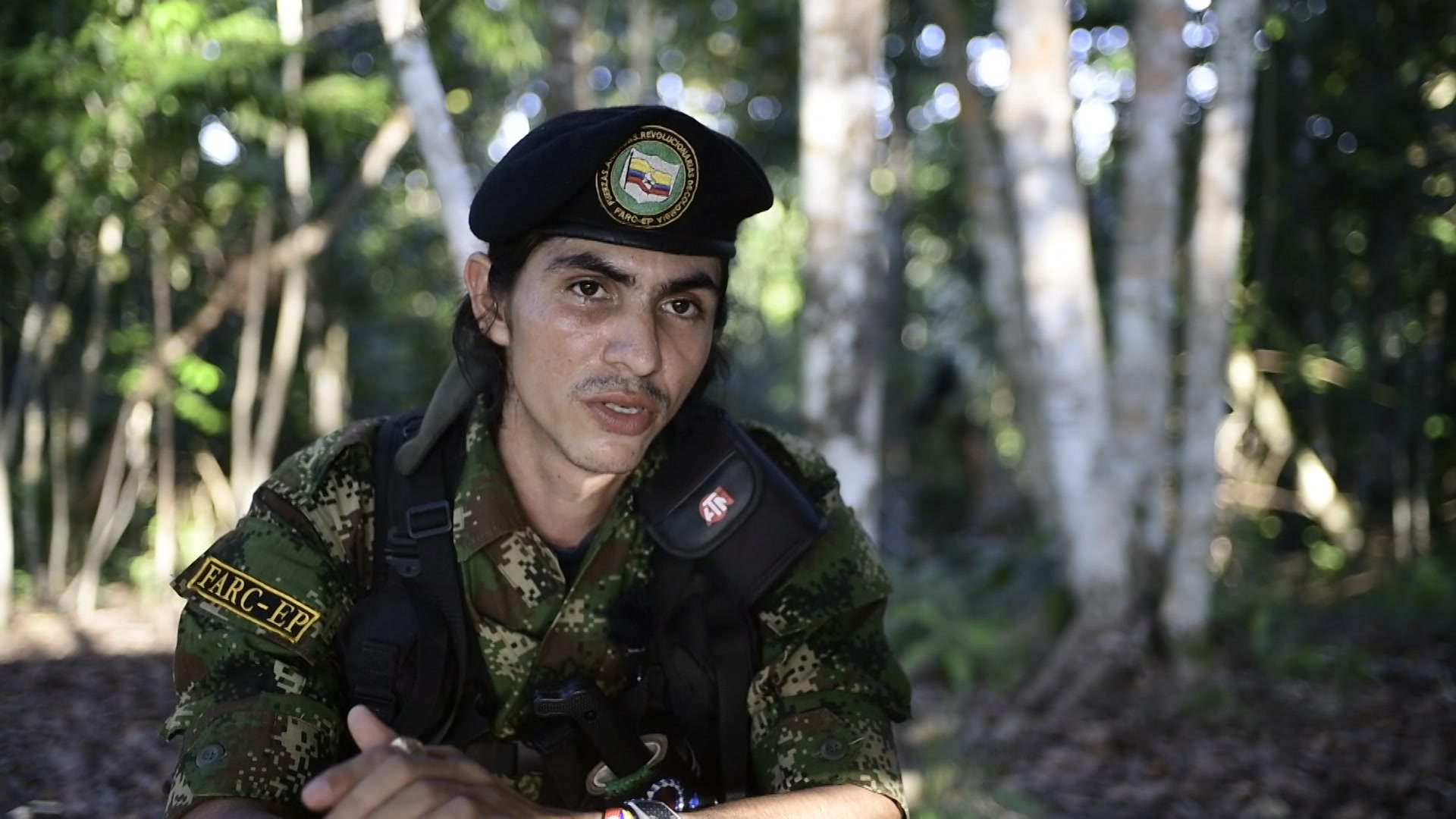
“We have had communication problems with Iván Lozada (Mordisco) and also with our comrades from the FARC del Cauca (one of Colombia’s departments). The conditions in Catatumbo are obviously not the same as those in Caquetá; for example, there is diversity of thought, and to that we add the problem of confrontations, war, or conflicts in the regions. I cannot say that the conditions in Caquetá are the same as those in Cauca because in the former department there are only the Farc and in the latter there are several groups. If the units in Cauca are faithfully observing the ceasefire but are attacked by another group, they will defend themselves.”
Suspension Upheld:
Despite the FARC claiming to desire peace between the armed group and indigenous communities, the Colombian government has stated that it will not reinitiate the peace process with the armed group.
“No matter how much pressure these illegal organizations try to exert, we will not back down from the decision to suspend the ceasefire. Offensive operations by the Public Force will continue,” the Minister of Defense, Ivan Velasquez, said in a statement.
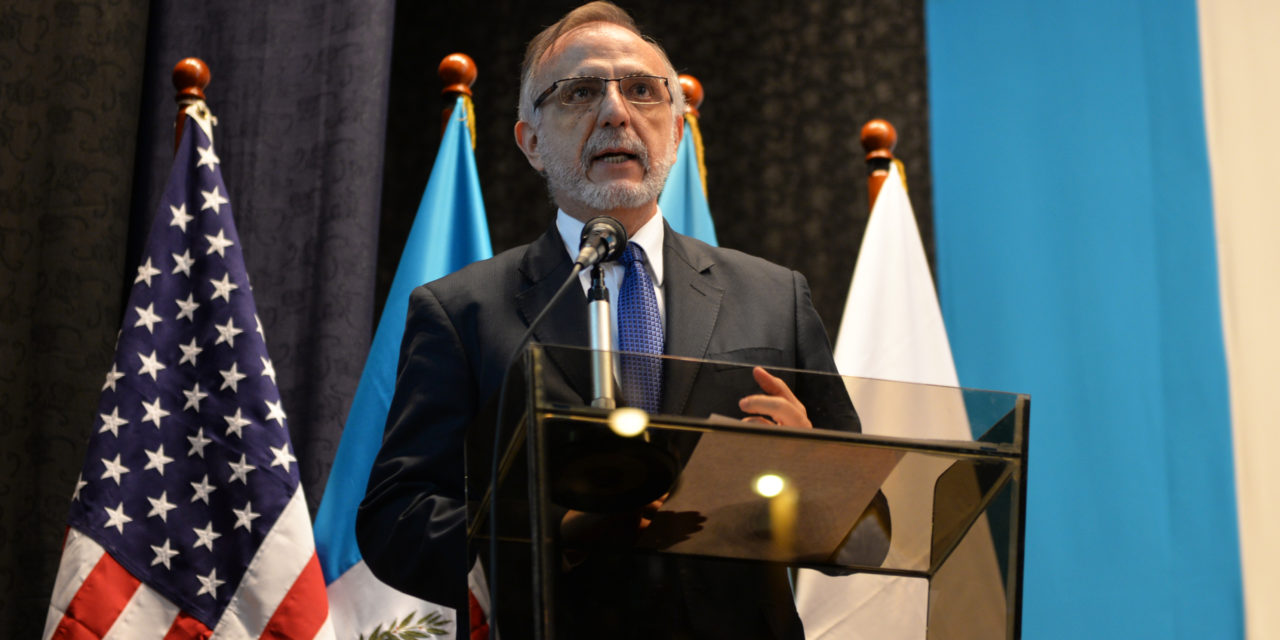
Velasquez continued, claiming that the FARC-EMC’s attacks against government forces and civilians were intended to force the government to reinitiate the ceasefire across the country.
“This organization has only filled the communities in these departments with anguish and suffering, and it is precisely because of these criminal actions against the population that the government, the President of the Republic, decreed the suspension of the cessation. And no matter how much pressure is intended to be exerted, we are not going to decline this decision taken to suspend the cessation and develop offensive operations by the Public Force,” Velasquez stated.
Continued Operations Against the FARC-EMC:
Colombian authorities continue their operations against the FARC-EMC, with Colombia’s Attorney General’s Office announcing on Monday that 68 people who are thought to be connected to the FARC have been arrested and sent to trial before a judge on Monday.
Those arrested were captured during operations carried out by the Colombian military and national police, in which 80 firearms, 15,650 units of ammunition of different calibers, 285 magazines, 45 explosive devices, 92 communications equipment, and $12,350,000 in cash were seized alongside the arrests.
Those arrested are thought to be responsible for numerous crimes, including aggravated criminal conspiracy, terrorism, homicide, forced displacement, manufacturing, trafficking, and the carrying of firearms or ammunition.
Analysis:
With the revelation of internal struggle within the FARC-EMC, it remains possible that the actions that broke the ceasefire between the armed group and the Colombian government were conducted by a faction within the FARC-EMC that was operating on its own initiative. This, however, does not excuse the actions carried out by the leadership of the FARC-EMC following the dissolution of the ceasefire.
While these internal divisions may weaken the FARC-EMC overall, the resulting instability could severely impact attempts to make peace with the guerilla group and could lead to further civilian casualties as separate FARC factions battle for supremacy.
However, Velasquez’s statement that the government will not pursue the reopening of peace talks with the FARC has left the future of rural Colombia uncertain. It remains possible that Colombian authorities will use the suspension of the ceasefire to weaken the FARC-EMC further, allowing the government to both have an upper hand if negotiations are resumed while also curbing the FARC-EMC’s growth that was seen under the various ceasefires with the government.
Military actions are expected to continue, with the latest bust by Colombian authorities alongside the arrest of key leaders of the organization showcasing the military’s efficiency when it comes to handling guerilla threats.
A Broken Truce:
The ceasefire would be broken following an attack by the FARC on an indigenous community, which killed a community leader and wounded two others.
The community leader, Carmelina Yule Pavi, was killed after attempting to help two minors who were in the process of being kidnapped by the FARC, likely to serve as forced conscripts in the organization’s war against the government.
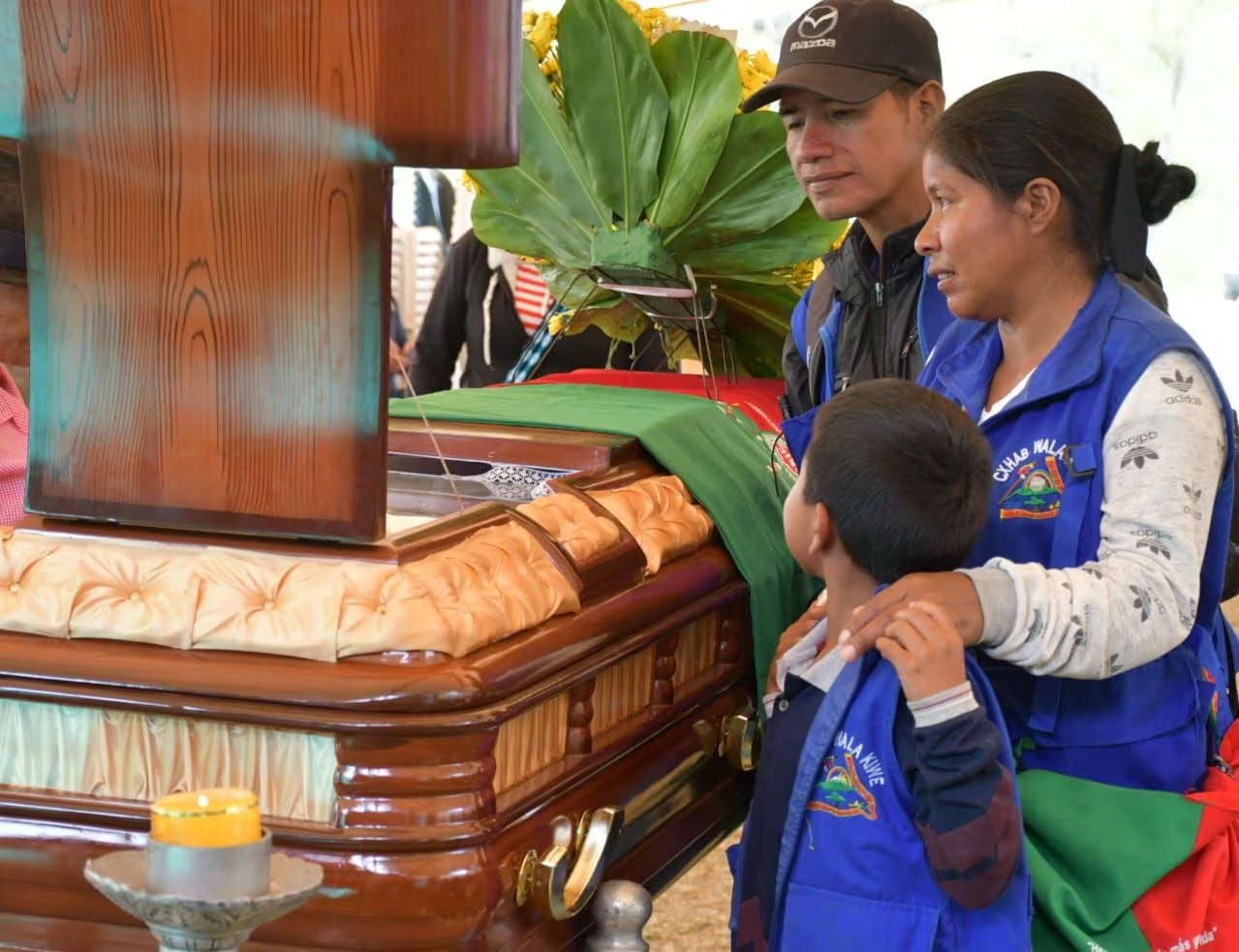
Attacks against this community did not stop, however, as the caravan that was transporting Yule’s body was attacked by the FARC.
The community would identify five of the attacker’s identities; those alleged to be responsible for the attack are known as Zapata, Brayan, Amazonas, Pulga, and Cabañas. The community further stated that if the FARC fails to release two other minors it kidnapped on Tuesday, the community will mobilize.
“During the night, we will call for a territorial mobilization like never before seen in the history of Çxhab Wala,” the Association of Indigenous Councils said in a post on Facebook, “which will be reinforced during the day tomorrow by the other territories of Páez, and we will proceed to rescue the minors.”
“Los que dispararon son unos cobardes”: el desgarrador testimonio de Francy Liliana Ascué, nieta de la líder indígena Carmelina Yule, quien presenció todo el ataque de las disidencias de Iván Mordisco contra una comunidad desarmada. https://t.co/if1kX8q65f pic.twitter.com/oYPxoZAWBw
— Revista Semana (@RevistaSemana) March 19, 2024
Following the broken truce, the Colombian military would engage in operations against the FARC, leading to a clash in Putumayo, located in southern Colombia.
The Colombian Military would state in a post on X after the clash that four members of the Carolina Ramírez Front, a part of the FARC, have been detained while “29 explosive devices, five rifles, a pistol, abundant ammunition, communications equipment, as well as quartermaster material have been seized.”
FARC:
The FARC, otherwise known as the Revolutionary Armed Forces of Colombia, were originally leftist guerillas dedicated to bringing class revolution to Colombia during a period in the nation’s history known as “La Violencia,” otherwise known as the Violence. This period followed the assassination of the Liberal Party’s leader and presidential frontrunner, Jorge Eliécer Gaitán, in 1948, an assassination that would throw Colombia into chaos.
After his death, leftists in Bogota began what is known as the Bogotazo, a massive riot that quickly expanded across Colombia, leading to La Violencia. A number of right-wing paramilitary organizations and leftist guerilla groups would be formed during this period of Colombian history.
One of the most well-known was the Revolutionary Armed Forces of Colombia, or FARC. The group would find its formation after a failed attack in 1964 by the Colombian military on what was known as a self-defense community, one of a number of communist-held areas in rural Colombia. Despite the communists only having 48 active fighters opposed to the 16,000 Colombian soldiers, the group would survive the attack and escape to the nearby mountains where the FARC would be formed.
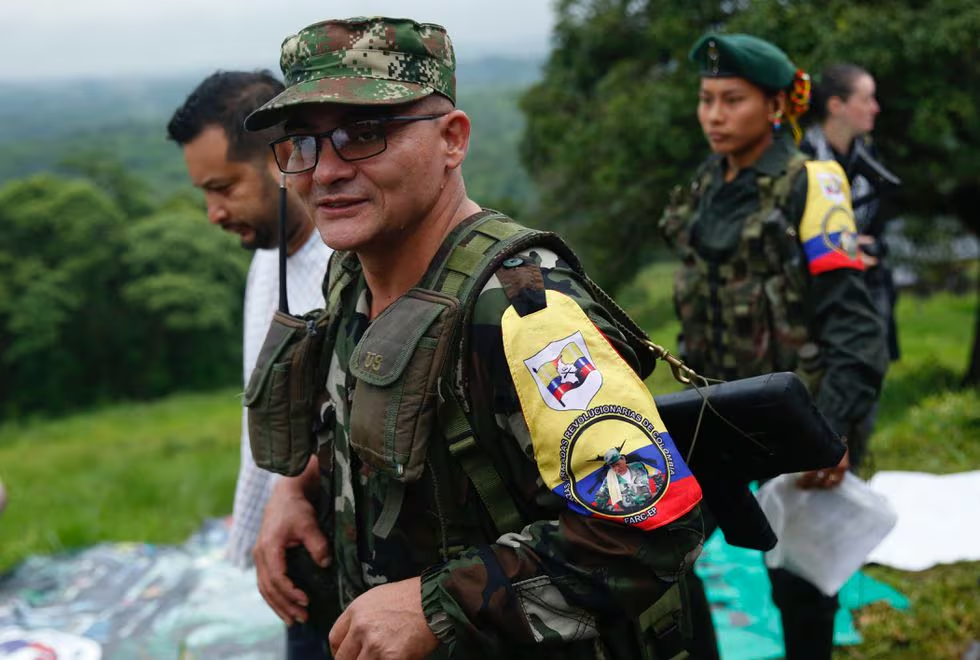
Since then, the FARC has operated as rebels, launching guerilla attacks on military convoys and strategic targets. Despite originally being made up of only 48 fighters, the group’s ranks would swell to the hundreds in later years. For much of its early history, the FARC would be limited to small-scale guerrilla encounters with government forces, but after what has been coined the “Coca Boom,” a period in which the production of cocaine skyrocketed, the group found itself with more funds to allocate to their operations.
The FARC would expand their operations into urban Colombia following the Seventh Guerilla Conference in 1982, largely due to their increase in funds. The group would also begin to send promising troops to the USSR and Communist Vietnam for advanced training.
The FARC would eventually agree to a momentous ceasefire with the government in 2016, which would see the bulk of the FARC disarmed and disbanded. Despite the ceasefire, however, a number of members of the FARC continued their operations against the government and the people of Colombia. These groups would label themselves as “fronts,” a leftover from the group’s original structure, with two factions emerging.
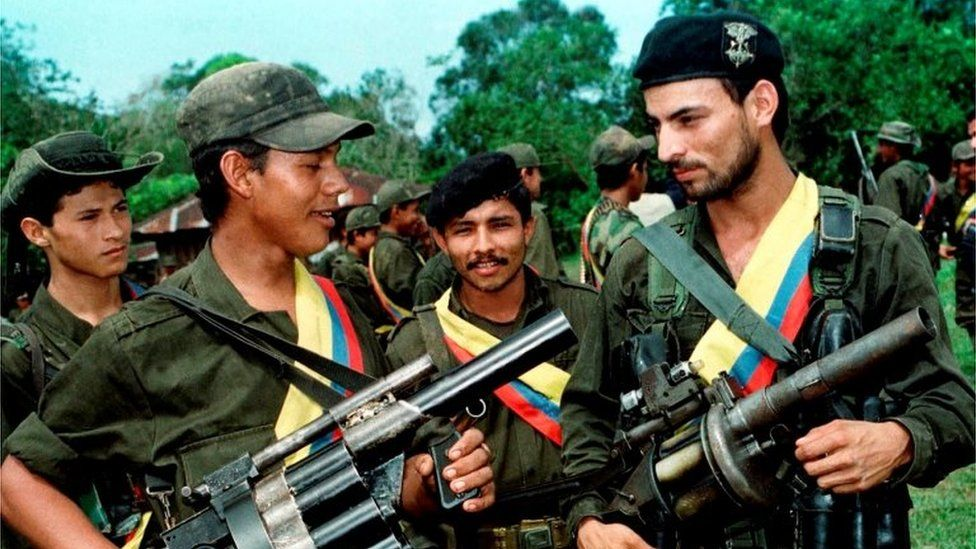
The first, the FARC-EMC, would be founded by Gentil Duarte, who was sent back to Colombia amid the peace conference in Cuba due to Iván Mordisco separating himself and his soldiers from the peace process. The two would send out messengers to a number of commanders of the FARC’s other fronts, seeking to unite them into one body and continue the organization’s armed struggle against the government. This would succeed, and in 2017, Duarte and Mordisco would announce the birth of the FARC-EMC.
Their main rival would prove to be the Second Marquetalia, which was formed by a number of former FARC commanders, many of whom previously accepted the ceasefire but would rearm in 2019. The group’s main territory encompasses the Venezuelan-Colombian border, where the FARC has historically enjoyed a great deal of protection from authorities in Venezuela. The Second Marquetalia would even come into conflict with another dissident faction of the FARC. This faction, known as the 10th Front, had refused to support the leaders of the Second Marquetalia, who had attempted to pull rank on the dissidents in Venezuela following their rearmament. Following the refusal, the 10th Front would face direct action by Venezuela’s military, in what Insight Crime reports was an attempt to grant further power to the Second Marquetalia.


